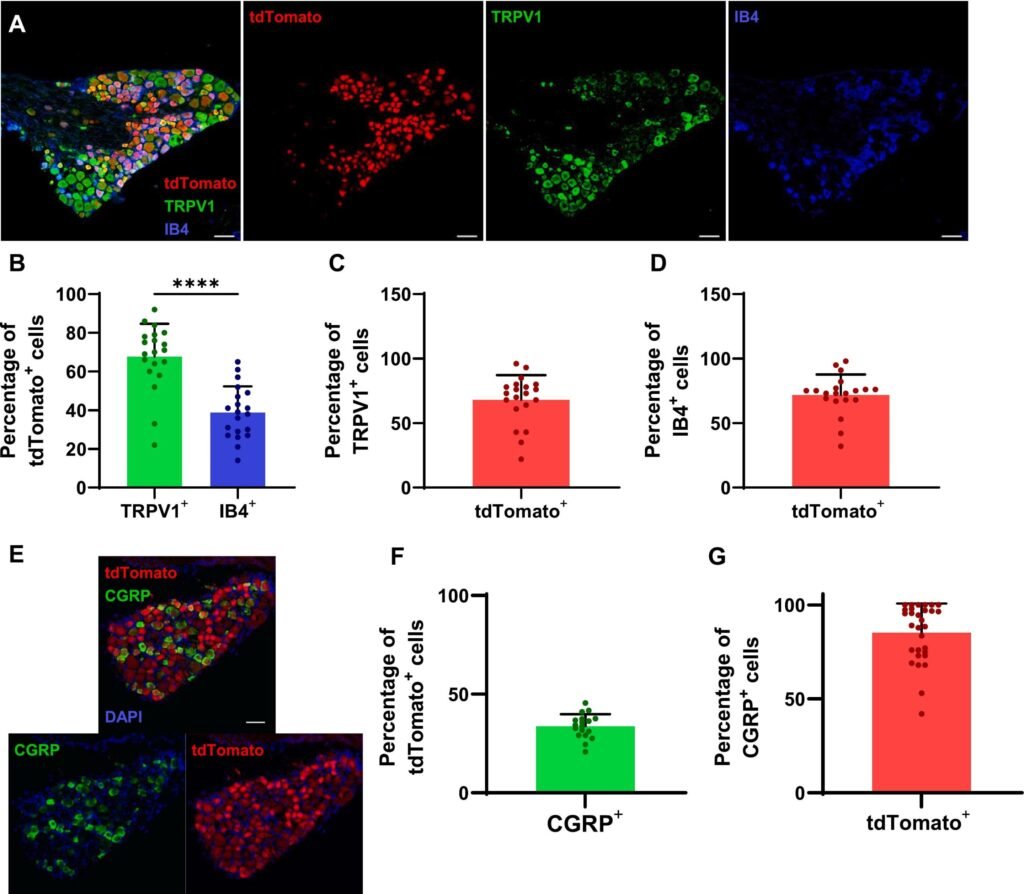The University of Ottawa researchers have made a groundbreaking discovery in the realm of spinal cord injury research by developing a cutting-edge optogenetic mouse model that could revolutionize treatments for limb spasticity. Their study, titled “An optogenetic mouse model of hindlimb spasticity after spinal cord injury,” has been published in the prestigious journal Experimental Neurology.
Limb spasticity, which is characterized by involuntary and sustained muscle contractions, affects a significant portion of individuals with spinal cord injuries in Canada. This new model represents a significant advancement over previous research methodologies, offering a more reliable and consistent approach to studying this debilitating condition.
Dr. Tuan Bui, the Chair and Professor in the Department of Biology at the University of Ottawa, explains the significance of this new model, stating, “Our team has developed a transgenic mouse model that allows us to activate specific nerves in the hind paws using blue light. This enables us to reliably trigger the neural circuits potentially responsible for spasticity following spinal cord injury. By employing optogenetics, we can activate specific sensory pathways with light, inducing spasticity in a controlled manner.”
The research, conducted over a three-year period at the Motor Circuits Laboratory at the University of Ottawa, involved the creation of a unique transgenic mouse model and the development of a method to consistently induce limb spasticity. This innovative approach provides researchers with a more effective means of studying the underlying causes of spasticity, potentially expediting the development of novel treatments.
The collaborative effort involved in this study included Ph.D. graduate Sara Goltash, honors undergraduate student Riham Khodr, and postdoctoral fellow Alex Laliberte. Their work not only advances our understanding of spasticity but also highlights the University of Ottawa’s dedication to cutting-edge research in neuroscience and rehabilitation.
Alex Laliberte, the last author of the study, underscores the potential impact of this research, stating, “Our new animal model has the potential to significantly enhance the study and discovery of new therapeutics for spasticity treatment. By providing a more reliable experimental platform, we are opening doors to better comprehend and potentially alleviate this challenging condition.”
The study reveals that spasticity can manifest as early as two weeks after a spinal cord injury, emphasizing the critical window for intervention. Understanding the gender differences in spasticity responses could also lead to more targeted treatments in the future.
This breakthrough comes at a crucial juncture as the demand for effective treatments for spinal cord injury complications continues to rise. The team’s innovative approach could pave the way for more precise and efficient therapies, potentially enhancing the quality of life for millions of individuals worldwide affected by spasticity.
For more information on this groundbreaking research, the study can be accessed in the journal Experimental Neurology under the title “An optogenetic mouse model of hindlimb spasticity after spinal cord injury” by Sara Goltash et al. DOI: 10.1016/j.expneurol.2025.115157.
This research was conducted at the University of Ottawa, showcasing the institution’s commitment to advancing scientific knowledge and improving patient care in the field of spinal cord injury research.


